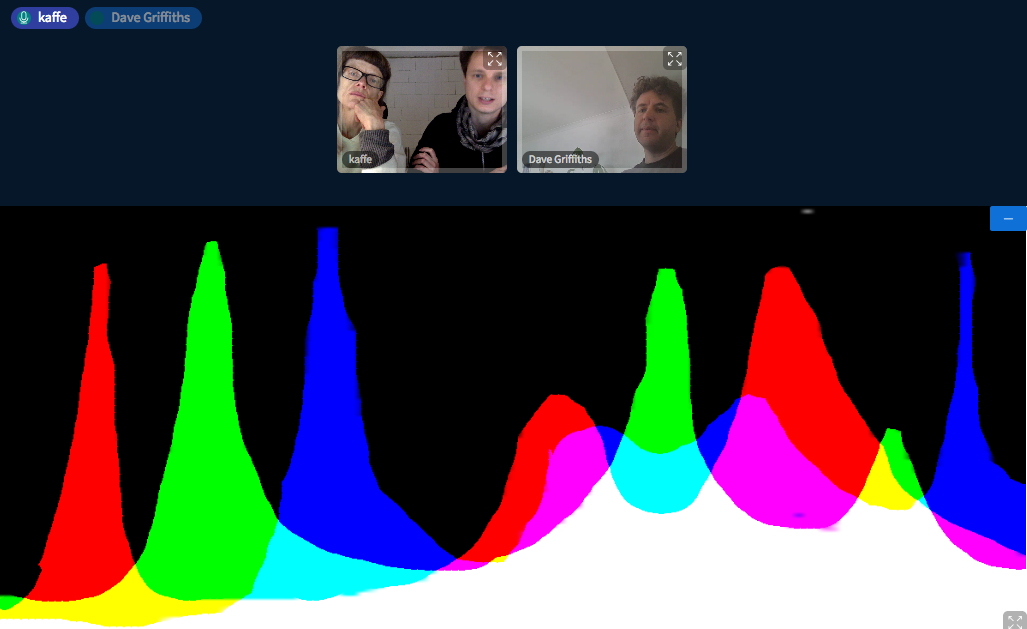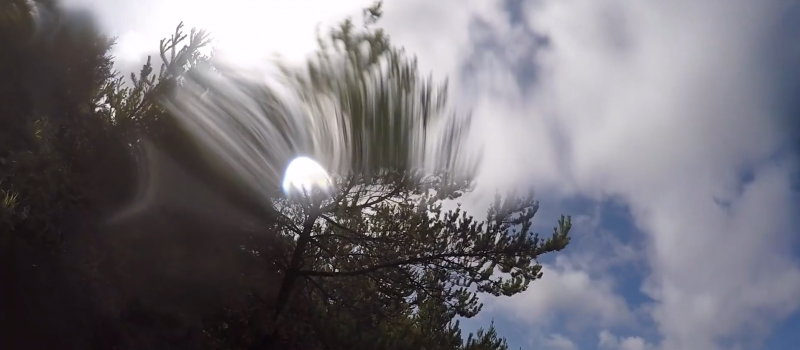Making Lab
Our Making Lab has played host to many stages in bicrophonic developments over 10+ years, including interaction for bike-as-instrument, bike-to-bike communication along with hardware design updates.
Environmental Bike development
Environmental Bike will be a bike that makes sound and music live from the quality of the air that you ride through. Sonification of the incoming air read by an air quality sensor installed in the bike box will trigger and process sounds from the increasing or decreasing levels of particulate matter it breathes. This will mean that sonic bike compositions will become a more interactive and investigatory experience for the rider, cycling through a city to hear as well as record the surrounding air quality. Enabling new sonic and listening experiences, it will also invite a different level of engagement. Come ride a bike to discover your environment. Can you find a clean path?

Initial learning has been enabled by our collaboration with FoAM-Kernow and the Sonic Kayak, most specifically in the Sonification Lab (see below) where the task was to design a real time sonification and cohesive system for the kayak’s three sensors that read air quality, turbidity, and temperature. Essentially also for these sonifications to communicate the state of these environments to the kayak paddler/audience/citizen scientist as they go.
For the practice of a sound artist, ie. the requirement to create purely functional sonic outcomes, this is a huge challenge. However, as well as the collaborative creation and learning acquired by all, the making of this robust technical system also makes the foundation of the Environmental Bike. (MORE)
Sonic Kayak sonification lab
Remote working between Berlin and Cornwall, May 2020. Full details on the Sonic Kayak page here.

Sensory Bike Development
The Sensory Bike, now completed, was first prototyped back in 2013 by Kaffe, Dave, Ryan and Cat. In March 2016 we were delighted to welcome Sukander Kartadinata for an Interaction Residency, coming to work with Kaffe to develop the sonic bike into more of an instrument. Our aim was to enable the rider to play the sound from the bike by how they ride. Not just to trigger a different sample in a different way, but to allow for example the rider to cycle through a sound or synthesize it directly by their pedalling. Following this, extensive development took place during Kaffe’s Berlin based Edgard Varèse professorship in 2016 which realised the completion of the Sensory Bike.
The Sensory Bike was trialled at the SoundCycleGarden project in 2016 and launched at the lean to go up, slow to go loud project later that year.
Infa-red (IR receivers)
In hind site these can be seen to work brilliantly, but in low light only. MORE
Accelerometers
- Read the full details about the Interaction Residency with Sukander in the Blog starting here.
- Follow the journey of how the sensory bike was made: BRI blog #sensory-bike
Hardware & Software Design
Sub woofer
The newly found minirig speakers, first used on the sonic trike, also come with a small self powered sub woofer and so BRI plans are forming to integrate the sub into new sonic bikes designs, adding bass to the biking experience.
Bike-to-bike interactivity
Three bikes explore bike swarm behaviour using FM transmission, android app and accelerometers to change ring modulated tones through motion and tilt. MORE.
A raspberry pi was used to create a bike mesh network to play further desensitized accelerometer driven modulation between two sonic bikes. MORE.
The bike to bike mesh network altering modulation between two sonic bikes plus new “ghost zones”. MORE.

